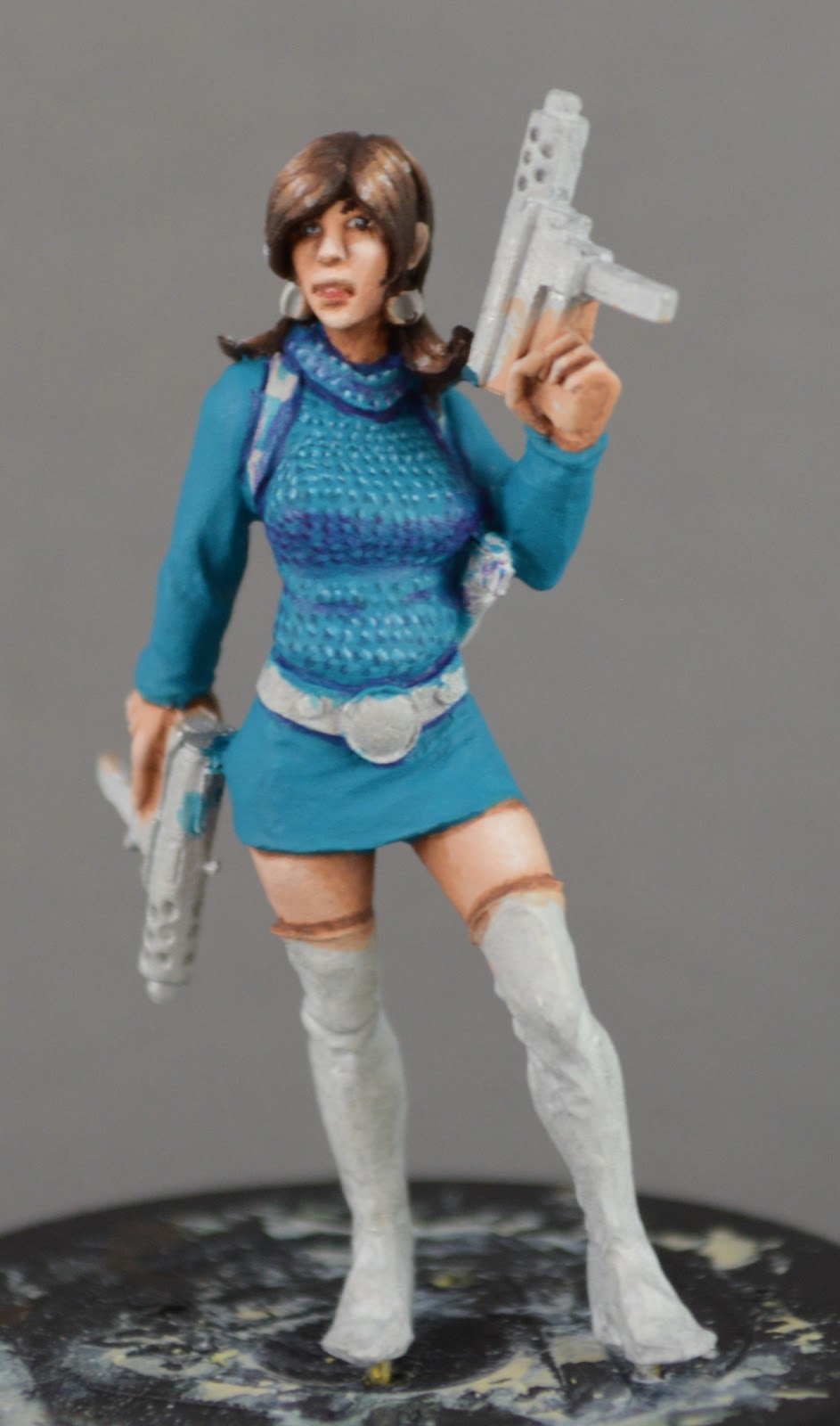

Drag the converted file texture into the canvas as soon as it is created. You can still use Maya software to animate and animate file textures in Hypershade. Paint Maya textures on a surface that is on the texture (for example, checker or fractal), then select it in Hypershade and shift to a different one. By selecting a mesh object or face, you can view its texture or face.

Per- face textures and mesh textures can be presented at the same time. If you want to filter an image, click the Toggle Filtered Pixels button on the toolbar or Image. Images are uploaded to the active project’s images directory. The name of the image in which the image was created. By following the steps below, you can create color maps of a texture as well as bump maps of the material.īy selecting Edit > Render Texture Range, you can change the textures in the Hypershade menu. Texture coordinates determine how a texture’s UV coordinates are mapped to geometry. There are two kinds of textures: 2D and 3D. Whether you’re a beginner or an experienced artist, this guide will help you create realistic textures for your 3D models in Maya. We’ll also provide a few tips and tricks to help you get the most out of your texturing workflow. In this article, we will walk you through the basics of texturing a 3D model in Maya, from understanding the basics of UV mapping to applying and editing your textures. With the help of Maya’s powerful texturing tools and a few simple steps, you can quickly create realistic textures for your 3D models. Creating realistic textures for a 3D model in Maya can seem daunting, but with the right knowledge and tools, it can be easy.


 0 kommentar(er)
0 kommentar(er)
